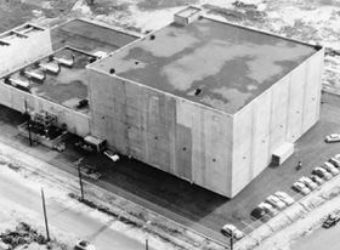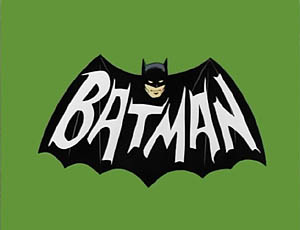January 17, 2012: Jerry Yang Resignes from Yahoo!
Subscribe! Spotify | RSS | More
2012 – Yahoo! had some turbulent times from 2007 when founder Jerry Yang was CEO. Of course the big debacle being the Microsoft bid, which took over 9 months to settle with Carl Icahn being a major instigator.
Add to that the 2007 incident of the arrest of Shi Tao and Yahoo’s stance. Tao was arrested for divulging trade secrets and Yang put out a statement saying “We have to comply with Chinese Law”.
During this whole time, Yahoo shares were declining. Yang was replaced in 2009 by Carol Bartz, but remained on the board until 2012 when Yang fully resigned from all positions in the company.
Subscribe to Day In Tech History:
RSS Feed - iTunes - Google Play - Spotify
Twitter - Facebook
- RSS Bandwidth by Cachefly Get a 14 Day Trial
Be a Part of the Sconnie Geek Nation!
In Wisconsin, friends are called "Sconnies". Even if you're not from Wisconsin, you can be part of the Sconnie Geek Nation through my coverage! By pledging, you join the Geek Sconnie Nation! Plus, you help me cover costs so I can continue the coverage of Gadget tech, music tech, and geek culture through the shows.
Other Historical Events in Technology
- The infamous “Apple Ad” shows up in movie theatres
- IBM charged with the Sherman Antitrust Act
- Apple reaches an “out of court” settlement with NeXT
- In protest to SOPA, many websites blacked out their web pages.








![Aloha_from_Hawaii_Via_Satellite[1] Aloha from Hawaii](https://dayintechhistory.com/wp-content/uploads/2020/01/Aloha_from_Hawaii_Via_Satellite1-1-340x250.jpg)

![Steve-Ballmer[1] Steve Ballmer](https://dayintechhistory.com/wp-content/uploads/2013/06/Steve-Ballmer1-340x250.jpg)







